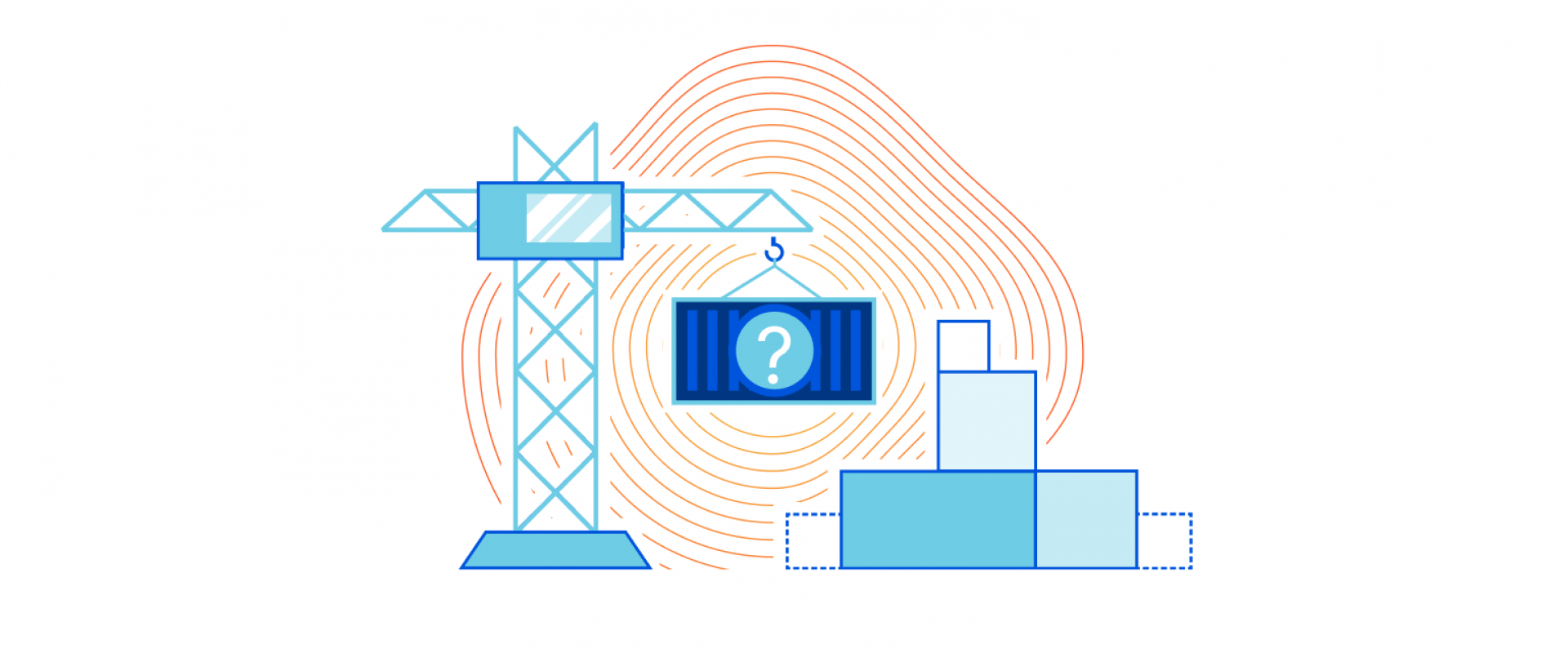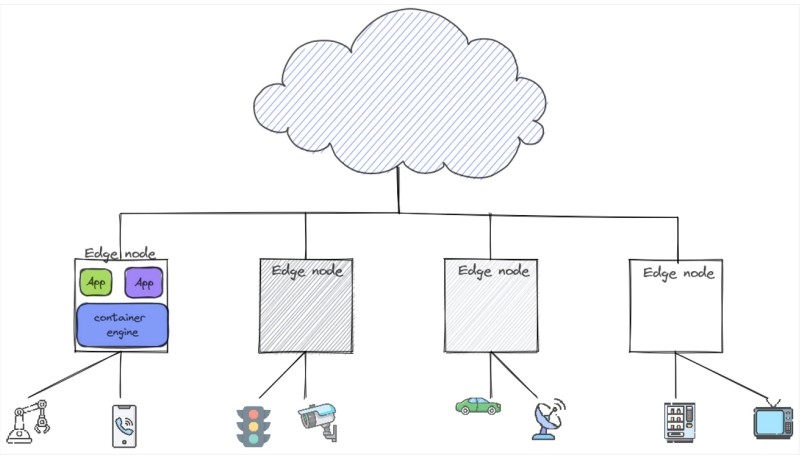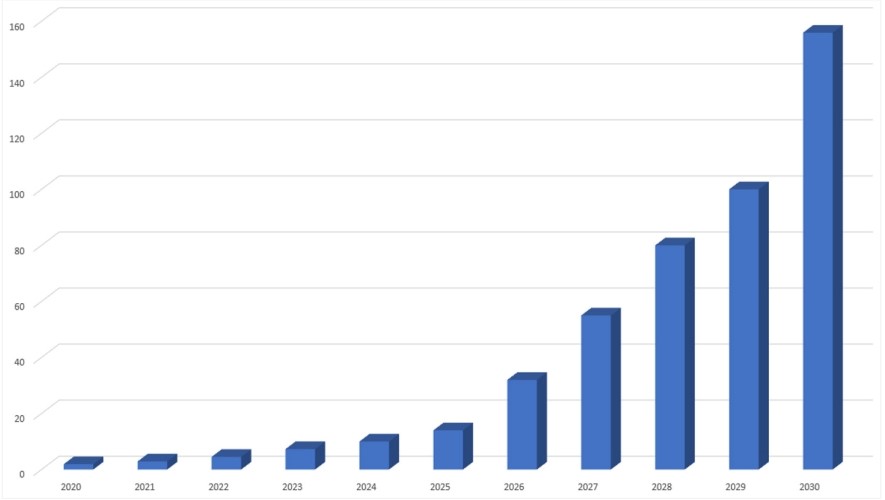The Edge of Containers

Is this a new era for edge computing? Explore the intersection of edge computing and containers, their importance, and the challenges associated with them.
Edge computing and containers have become increasingly popular in recent times, providing innovative solutions to various challenges related to data processing in our daily lives. These technologies have now permeated a wide range of devices, including our cars, phones, and even refrigerators, unlocking new possibilities for use cases and enabling us to address data processing challenges more efficiently. In this article, we will explore the intersection of edge computing and containers, their importance, and the challenges associated with them.
Use Cases for Edge Computing and Containers
There are several industries that can benefit from the use of edge computing and containers, including the Industrial Internet of Things (IIoT), healthcare, smart cities, and retail.

Figure 1: Edge computing and containers use cases
Edge computing is everywhere, and rarely are industries not using it. Here are the more mature ones:
|
APPLICATION DOMAIN |
EDGE COMPUTING USE CASE |
|
IIoT in manufacturing |
Collect and process real-time data from sensors. Deploy lightweight applications for monitoring machine performance and triggering alerts on the edge devices. Can also be used for malfunction detection, increasing performance, performing quality checks on a newly created product, etc. |
|
Healthcare |
For example, in a hospital, wearable devices can be used to collect data on patient vitals, which can be processed in real time using edge computing. In other cases, programs integrated into x-ray scanners can diagnose cancers and other illnesses (better than humans). |
|
Smart cities |
Sensors and cameras can be used to collect data on traffic flow, air quality, and other factors. Containers can be used to deploy and manage applications that analyze this data and provide insights to city planners. In some countries, they try to detect illegal behavior, too. |
|
Retail |
In a retail store, sensors and cameras can be used to collect data on customer behavior, such as which products they are looking at or how long they spend in certain areas of the store. We also have fully automated shops without cashiers. |
The Intersection of Edge Computing and Containers
Edge computing and containers have several commonalities, including their ability to support distributed applications and their focus on reducing latency. Containers are particularly well suited for edge computing because they are lightweight and can be easily deployed in remote locations. However, there are also challenges associated with using containers in edge computing environments, such as limited resources and security concerns.
Benefits of edge containers include:
1. Flexibility – Edge containers are highly portable and can run on various edge devices, providing flexibility and agility in deployment.
2. Scalability – Containers are highly scalable and can be quickly replicated, deployed, and managed across multiple edge devices, making it easier to scale applications and services. This is particularly important in edge computing environments where resources are limited and traditional monolithic applications may not be practical.
3. Security – Containers provide a secure environment for running applications and isolating them from other processes on the edge device.
4. Low latency – By processing data closer to the source, containers can help reduce the amount of time it takes for data to travel between devices and data centers. This is particularly important in applications that require real-time processing, such as those used in IIoT or healthcare.
5. Reduced bandwidth – Centralized applications often result in high network charges due to the concentration of all traffic within the cloud vendor's data center. On the other hand, edge containers can be located closer to the end user, allowing for pre-processing and caching of data, which can help reduce network charges.
6. Maturity – Docker, as a container technology, is considered to be stable and widely used in production environments. Moreover, developers can leverage their existing knowledge and skills using Docker, which means no additional training is required when testing edge containers.
Challenges of edge containers include:
1. Limited resources – Edge devices often have limited resources such as memory, processing power, and storage, which can impact the performance of edge containers.
2. Complexity – Edge containers require expertise in containerization and distributed computing, which can be challenging for some organizations.
3. Management – Managing containers across multiple edge devices can be complex and time consuming, requiring robust container orchestration solutions.
4. Security – Edge devices are often located in remote and unsecured locations, which can make them vulnerable to attacks. Containers can also introduce security risks, such as container breakouts or vulnerabilities in container images.
Implementing Edge Computing and Containers
Edge computing and containers offer numerous benefits that organizations quickly adopt for their different business cases. However, successfully implementing these technologies requires careful consideration of several key factors.
Choosing the Right Container Platform
When implementing edge computing and containers, it is important to choose the right container platform (e.g., Docker). These platforms provide a range of features and capabilities, such as container orchestration and management, which can help simplify the deployment and management of containers in edge computing environments. Still, the common widely used platforms, such as Kubernetes and OpenShift, are not adapted to edge computing due to the resources capacity of the edge devices. It’s recommended to switch to compatible alternatives, often open source, such as k3s, KubeEdge, microk8s, or Baetyl.
Deployment Strategies
Deployment strategies should be considered when implementing edge computing and containers. Depending on the specific use case, organizations may choose to use a hybrid cloud model, where some services are deployed in the cloud and others are deployed on edge devices. Alternatively, containers can be deployed directly on edge devices, which can help reduce latency and improve performance.
Once deployed, managing edge computing and containers can be challenging, particularly in environments with a large number of edge devices. Container orchestration and management platforms (e.g., Kubernetes) can help simplify the management of containers in edge computing environments. These platforms provide features like automatic scaling, load balancing, and health monitoring, which can help ensure that containers are running efficiently and effectively.
In addition, monitoring container performance/status is critical for identifying and addressing issues before they become major problems. This includes monitoring container resource usage, network traffic, and application performance, and using tools like logs and metrics to troubleshoot issues. Open-source tooling such as OpenTelemetry and Prometheus are often a good starter pack.
Plan for edge device failures: Edge devices can fail unexpectedly, so it's important to plan for such scenarios by implementing redundancy measures, such as running multiple instances of containers across different edge devices or using edge-to-cloud failover mechanisms.
Security Considerations
Security considerations are important when implementing edge computing and containers. Edge computing relies on numerous devices and networks that are vulnerable to cyber-attacks, including malware, ransomware, and phishing attacks. Without proper security measures, these devices and networks can be compromised, leading to data breaches and other security incidents. If an edge device is compromised, it could infect the whole network. Another challenge is data protection, especially when sensitive data is involved and you can hardly prevent physical access to the device.
Finally, the lack of standardization in edge computing can create security challenges by making it more difficult to implement consistent security measures across devices and networks. Security remains the main challenge when using edge computing, and it can require a lot of effort to mitigate risks.
The Future of Edge Computing and Containers
The future of edge computing and containers is promising, with emerging trends like the use of artificial intelligence (AI) and machine learning, as well as the development of new container technologies. For example, edge devices are increasingly being equipped with AI and machine learning capabilities, which can help improve the accuracy and speed of data processing. Today, we can already get self-driving cars, smart cameras that can tell the difference between a cat/dog or a person (thief), automated sorting machines in the recycling industry, or simply your watch, which can analyze your health data and detect a heart attack. All of these leverage edge computing coupled with AI, and the number of use cases in our daily life will increase quickly in the upcoming years.
In parallel, to keep pace with these new use cases, new container technologies such as WebAssembly are also being developed, which can help improve the performance and security of containers in edge computing environments.
A study of the edge computing market announced a 20-30% year-over-year (YoY) growth for the next 10 years, confirming the potential of the technology. Big tech companies will invest in the implementation brought by simplified deployment solutions that will empower every industry to use them.

Figure 2: U.S. edge computing market (Data source)
The impact of edge computing and containers on businesses and society will continue to grow, with new opportunities for innovation and efficiency. For example, in agriculture, we could see devices placed in the fields to collect data such as soil moisture, temperature, and humidity. This data can then be processed in real time using AI algorithms to optimize irrigation, fertilizer use, and pest management, leading to higher crop yields and reduced environmental impact.
All types of equipment could use relevant sensors to optimize energy usage, while others could be equipped with AI algorithms that analyze data from sensors and other sources to detect potential equipment failures before they occur. This can help reduce downtime and maintenance costs, as well as improve overall equipment performance.
Conclusion
While there are challenges associated with the intersection of edge computing and containers, the opportunities for innovation and efficiency are significant. As more industries adopt these technologies, it is important to consider the challenges and opportunities associated with their implementation. By choosing the right container platform and deployment strategy, as well as making the best security decision, organizations can successfully implement edge computing and containers to drive business value.
The future of edge computing and containers is promising, with new technologies and use cases emerging all the time. By staying up to date with these trends, organizations can continue to innovate and drive value in their respective industries.
We Provide consulting, implementation, and management services on DevOps, DevSecOps, DataOps, Cloud, Automated Ops, Microservices, Infrastructure, and Security
Services offered by us: https://www.zippyops.com/services
Our Products: https://www.zippyops.com/products
Our Solutions: https://www.zippyops.com/solutions
For Demo, videos check out YouTube Playlist: https://www.youtube.com/watch?v=4FYvPooN_Tg&list=PLCJ3JpanNyCfXlHahZhYgJH9-rV6ouPro
If this seems interesting, please email us at [email protected] for a call.
Recent Comments
No comments
Leave a Comment
We will be happy to hear what you think about this post